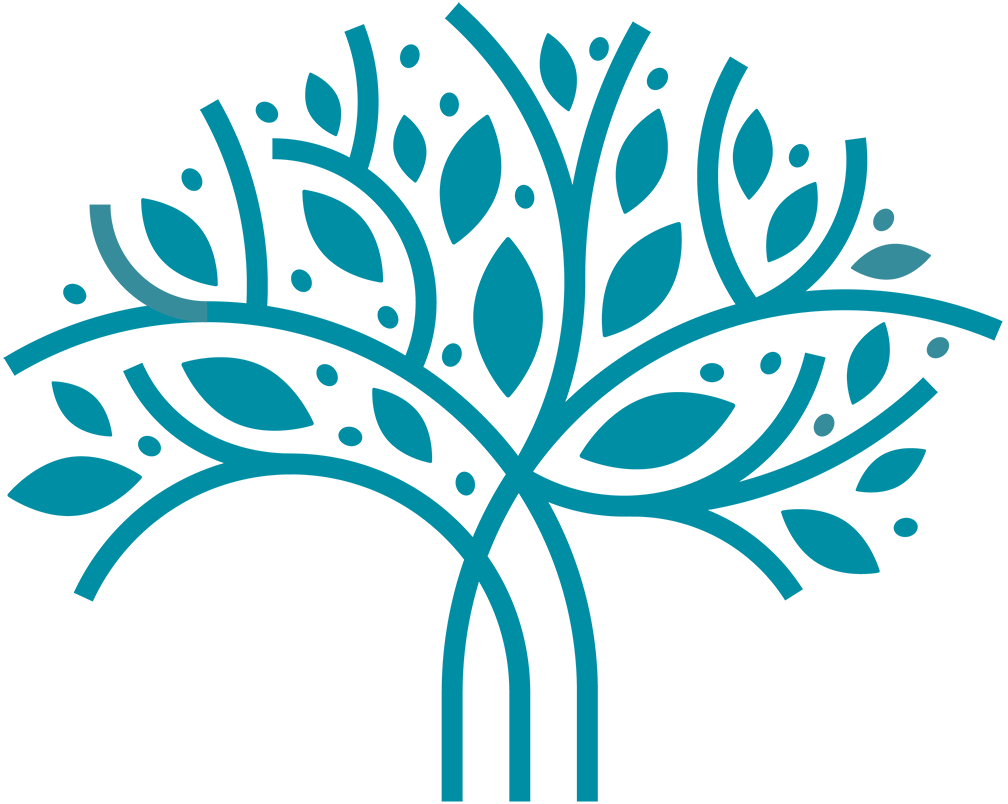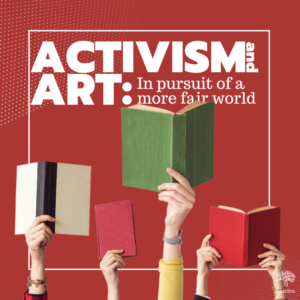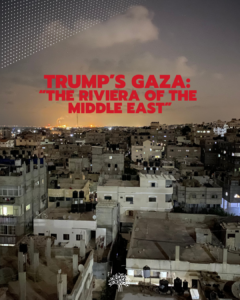“If I could do anything for you, anywhere in Palestine, what would it be?”
This was the question Emily Jacir, a Palestinian artist and activist, proposed to Palestinians living anywhere in the world, to draw attention to topics such as migration, refugees crisis, and resistance. As a Palestinian holding an American passport, Jacir had the privilege to travel in and out of borders with little restrictions between the years 2001 and 2003, to document a very different destiny, the one of Palestinian migrants and refugees who cannot return home.
During her journey, she collected their wishes which varied from deep, emotional requests like: “Go to Bayt Lahia and bring me a photo of my family, especially my brother’s kids.”, “Go to my mother’s grave in Jerusalem on her birthday and put flowers and pray.” to more mundane ones: “Go to the Israeli post office in Jerusalem and pay my phone bill.”and represented them through a series of photographs, text, videos and performances that portrayed the suffering, oppression and the struggles these people had to go through.
The artist was, however, unable to continue working on her project ‘Where We Come From’, as restrictions on freedom of movement were imposed in 2004 on foreign passport holders.
According to Amnesty International, Israel’s refusal to allow Palestinian refugees to return to homes they were forced to flee in 1948, is a “flagrant violation of international law” and has caused immense suffering over the years.
Emily Jacir seems to be looking to reconnect and reunite a displaced community through her artwork, and enlighten the audience on the simple, almost mundane, actions that Palestinian exiles are deprived of. In ‘Desire in Diaspora: Emily Jacir’ for Art Journal, T.J. Demos writes that the artist, through the notes she attached to her art pieces, feels confronted with the torment and degradation of Palestinians. Jacir mentions the incredible hypocrisy of the situation when she goes to visit Munir’s mother’s grave. “When I reached the grave of his mother, I was surprised to see a circle of tourists surrounding a grave nearby. It was the grave of Oskar Schindler … buried next to a woman whose son living a few kilometers away is denied praying without a permit”.
This particular installation, as many others by the same artist, are a powerful way of depicting and reporting the impact that Israeli occupation of territories like the West Bank and Gaza has on the lives of Palestinians. They were forced to leave their homes, and ever allowed to return there again.
Such a beautiful, touching, and bittersweet artwork can be seen as a rebellious act on the current political situation, and as a form of Palestinian resistance.
Art has been used countless times to defy restricting authorities, abuses of power, and to demand social change. Numerous artists use their art as a political weapon for change like Emily Jacir; perhaps Bansky is the greatest example of that – a british graffitist that managed to put a spotlight on the hardships of the Palestinian people. In 2015, the artist went to Gaza and graffitied various important pieces, one of them being the written statement “If we wash our hands of the conflict between the powerful and the powerless we side with the powerful – we don’t remain neutral”.
Banksy and Emily Jacir wanted to send a clear message to leaders and governments around the world that are not addressing the building of a wall, the segregation of an entire community, the occupation of the land, and the migrant and refugee crisis.
Beatriz Carvalho




